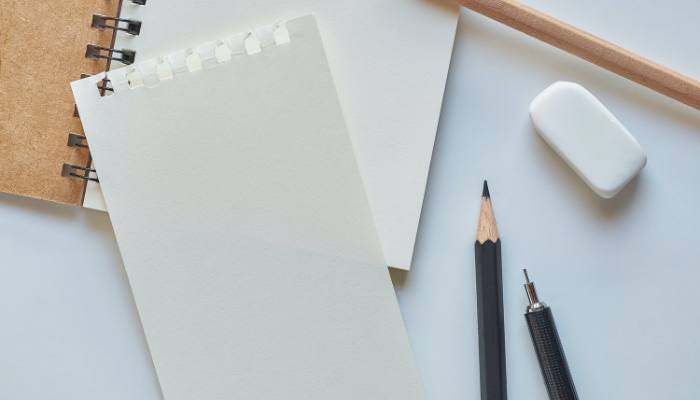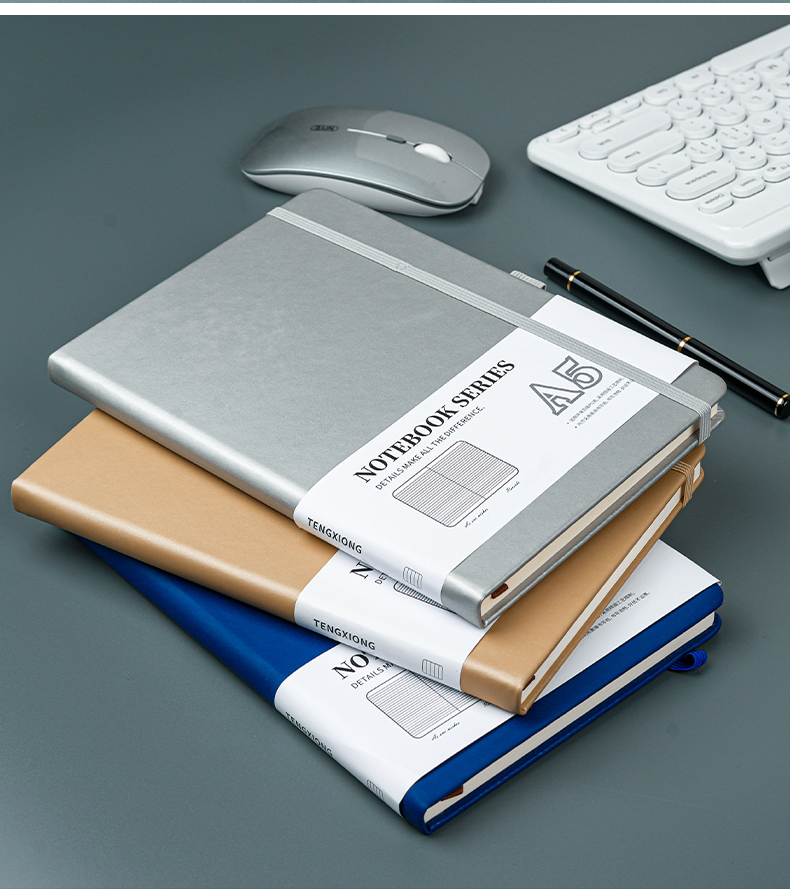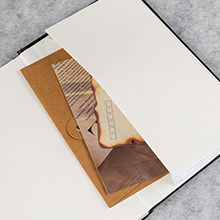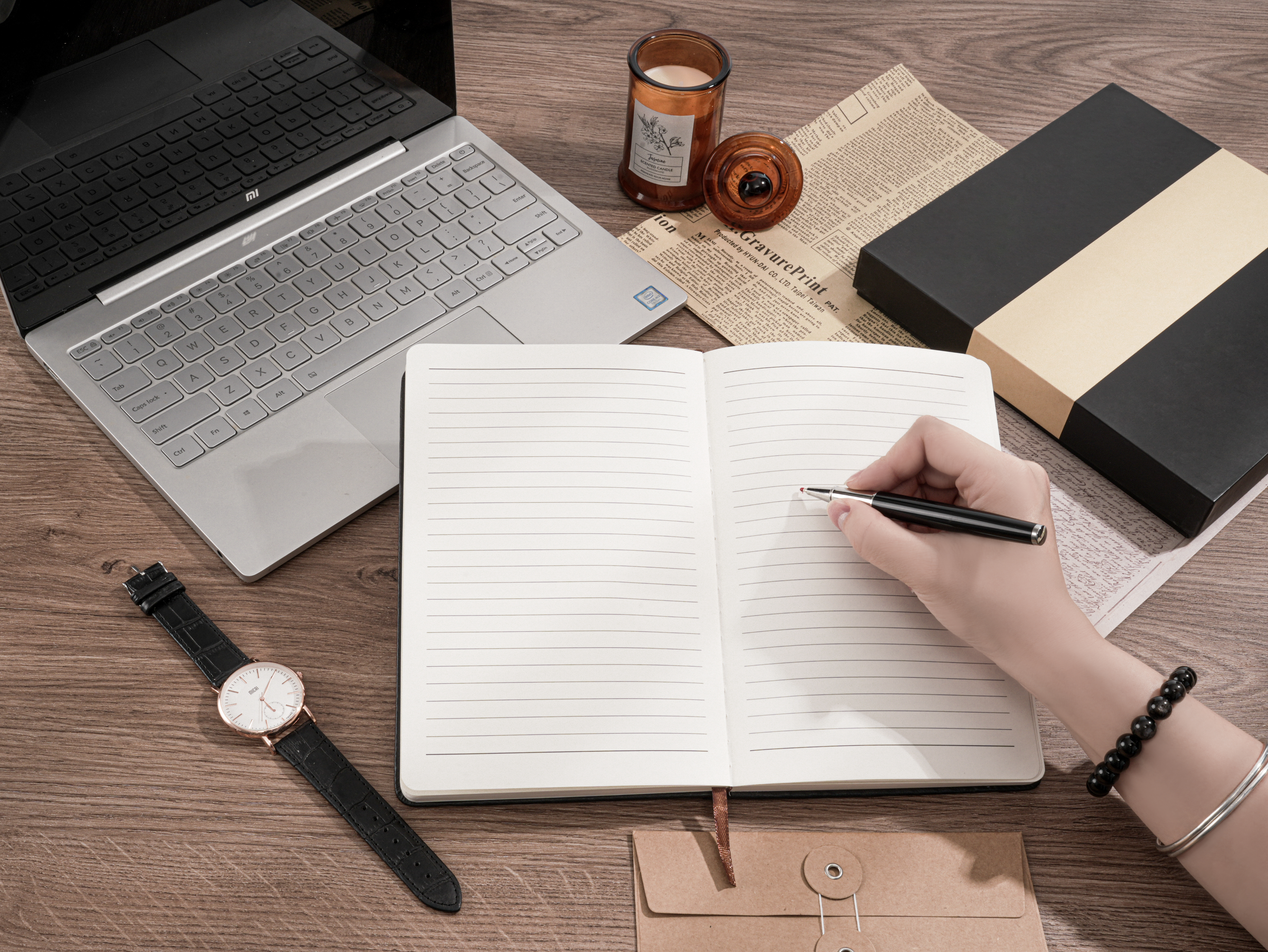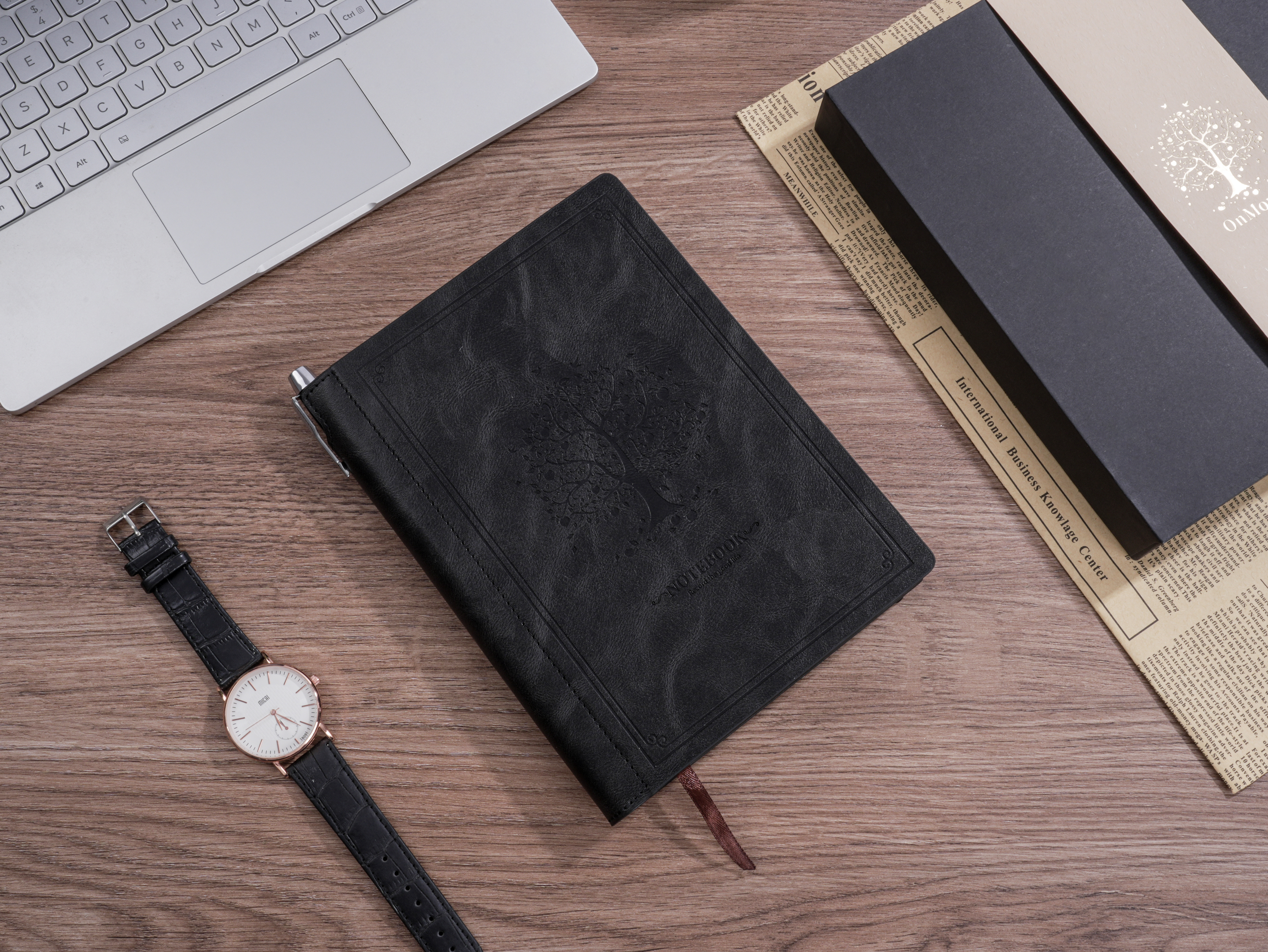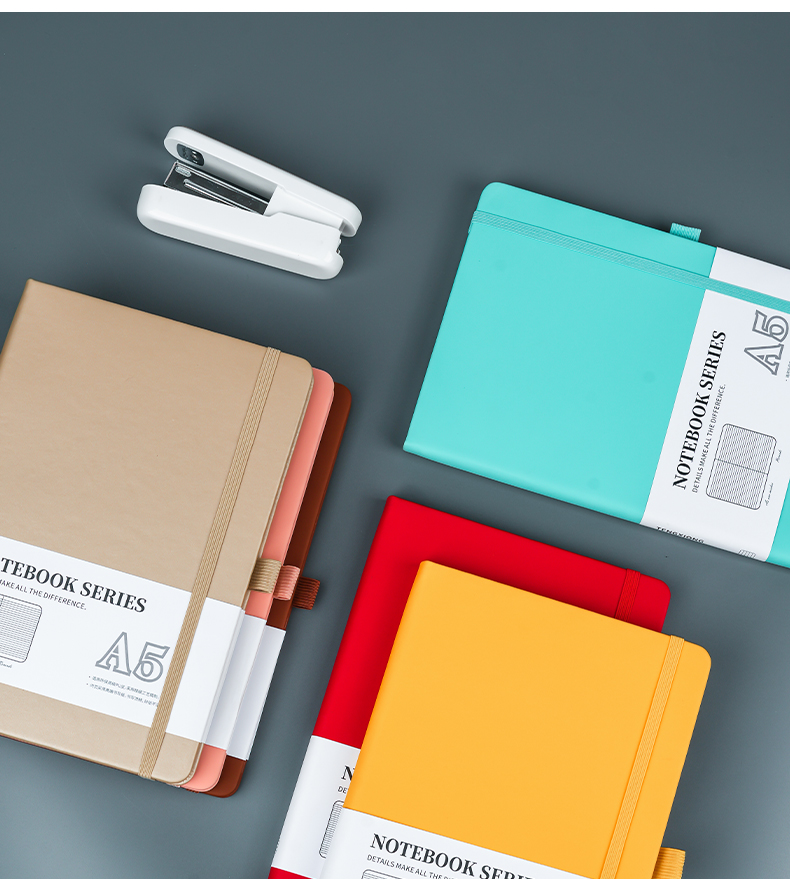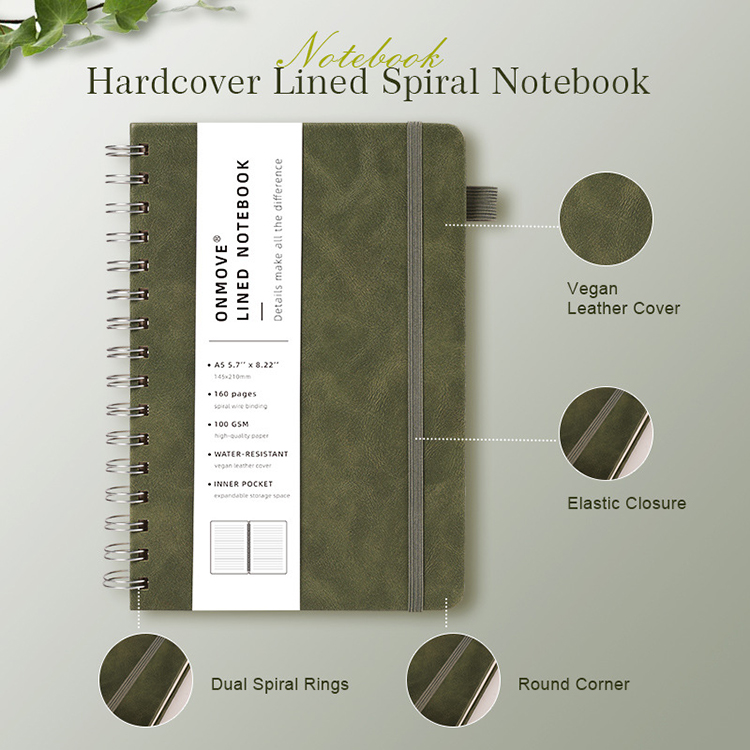How Notepads and Diaries Are Adapting to the Digital Age
Discover how traditional notepads and diaries are evolving in the digital age through smart technology, hybrid designs, and sustainable innovation to meet modern productivity needs.
In an increasingly digital world, traditional paper tools like notepads and diaries are finding innovative ways to stay relevant. While smartphones, tablets, and cloud-based platforms dominate the productivity space, the tactile satisfaction of pen on paper still holds strong appeal. However, to meet the needs of modern users, notepads and diaries have begun a transformation—blending analog charm with digital convenience.
1. The Rise of Smart Notebooks and Reusable Diaries
One of the most prominent adaptations is the advent of smart notebooks. These products allow users to write traditionally with a pen, then scan and digitize their notes using apps like Rocketbook, Moleskine Smart, or Everlast. The pages can be erased and reused, combining sustainability with functionality.
These notebooks often integrate with cloud services like Google Drive, Evernote, and Dropbox, enabling users to store, organize, and share notes digitally. This hybrid approach satisfies users who value handwritten notes but also want the ease of digital storage and retrieval.
2. Digital Writing Tablets Mimicking Paper
Devices like the reMarkable tablet or Boox Note Air offer a paper-like writing experience with e-ink displays that reduce eye strain. These digital diaries cater to creatives, students, and professionals who want the feel of writing without the clutter of paper.
They often support PDF annotation, handwriting recognition, and cloud sync, making them ideal for journaling, sketching, or business note-taking—without sacrificing the freedom of analog input.
3. Mobile Apps Inspired by Traditional Journaling
Digital diary apps like Day One, Journey, and Diarium offer users the ability to log thoughts, moods, photos, and events seamlessly. These apps bring structure and convenience to journaling with features like password protection, cross-device syncing, and automated prompts.
While they lack the tactile quality of paper, they compensate with robust searchability, multimedia integration, and ease of backup—features that appeal to tech-savvy diarists.
4. Eco-Friendly Innovations in Stationery
Sustainability is another area where notepads and diaries are adapting. Brands are producing eco-friendly paper products made from recycled materials, stone paper, or agricultural waste. These diaries often emphasize minimalist design and biodegradable packaging, aligning with the values of environmentally conscious consumers.
Additionally, print-on-demand services and modular notebook systems allow users to customize and refill their journals, reducing waste and increasing usability.
5. Blending Aesthetics and Functionality for Modern Lifestyles
Contemporary notepads and diaries are being designed not just as stationery but as lifestyle accessories. From vegan leather covers to personalized embossing and integrated pen holders, they offer both form and function. This trend reflects a growing demand for productivity tools that align with personal branding and aesthetics—especially among professionals and creatives.
Conclusion
The adaptation of notepads and diaries to the digital age is a testament to their enduring value. By embracing technology, sustainability, and design innovation, these once-simple tools are evolving into smart, stylish, and efficient companions for the modern user. Whether you prefer the feel of pen and paper or the power of cloud connectivity, there’s a version of the classic notebook that fits perfectly into today’s fast-paced, digital-centric lifestyle.
We're Here to Help
Have a question or need a quote? Fill out the form below and our team will get back to you promptly!
Tel:
+86 15258636961
Email:
1178948437@qq.com
Social Media:
YouTube:https://www.youtube.com/@Onmove-e8w
Tik Tok:https://www.tiktok.com/@onmove_notebook
Twitter:https://x.com/Onmove_notebook
Pinterest:https://ca.pinterest.com/onmove345/



